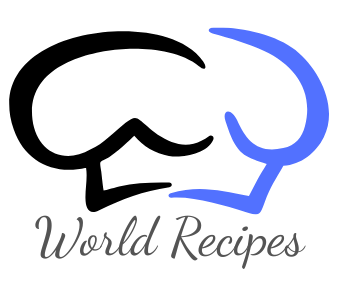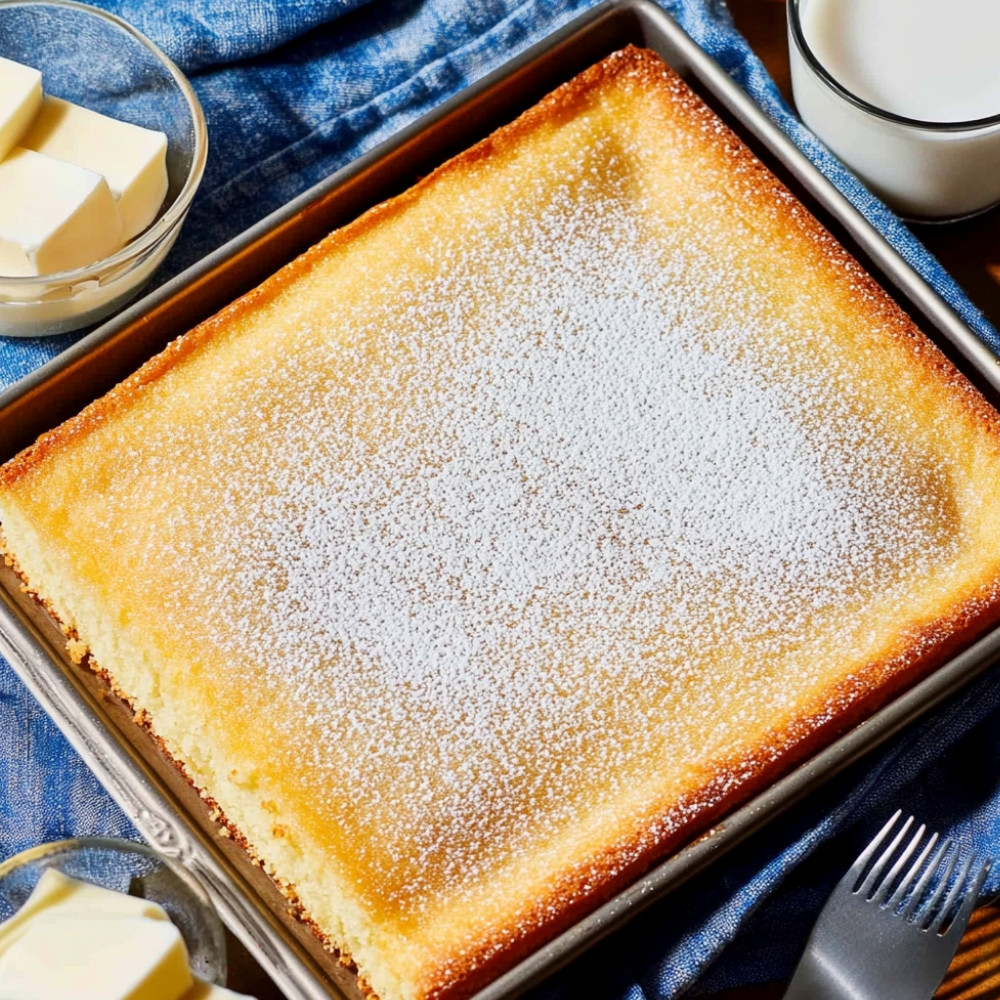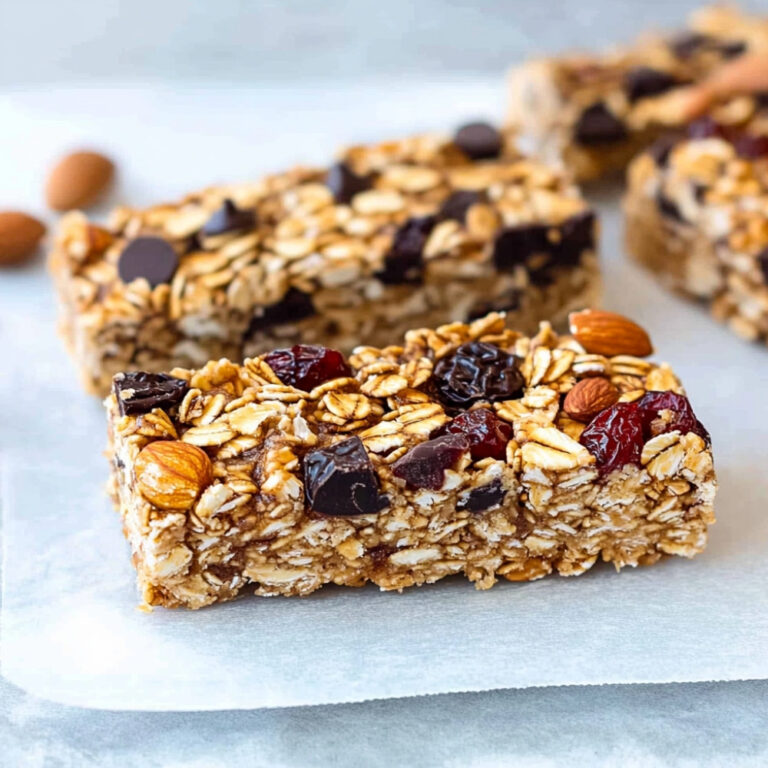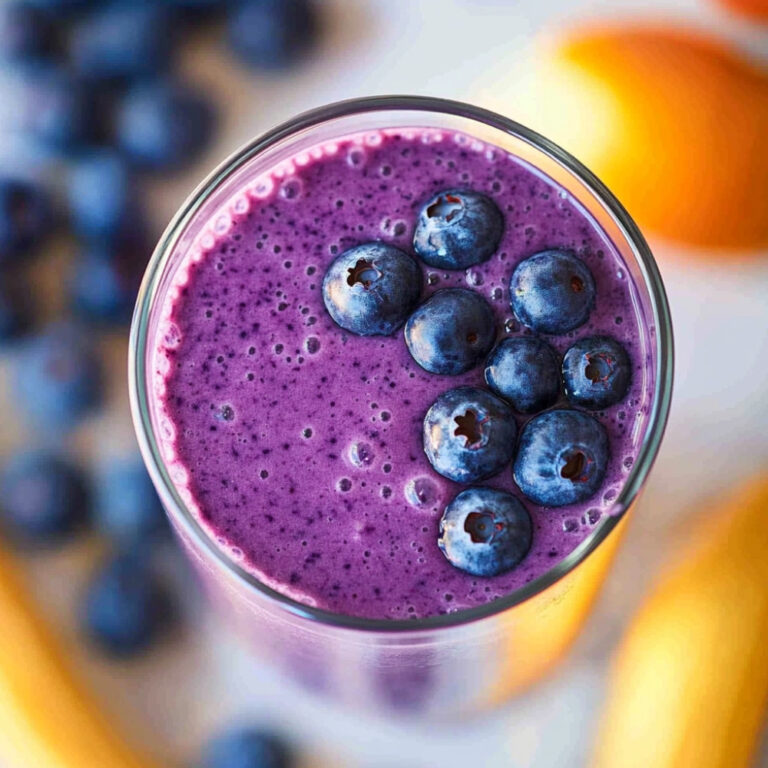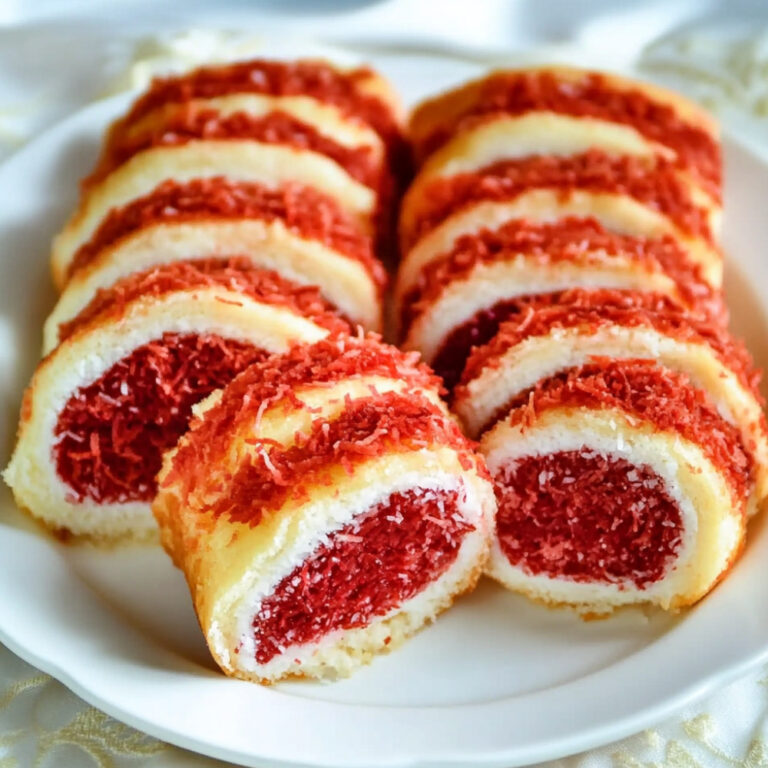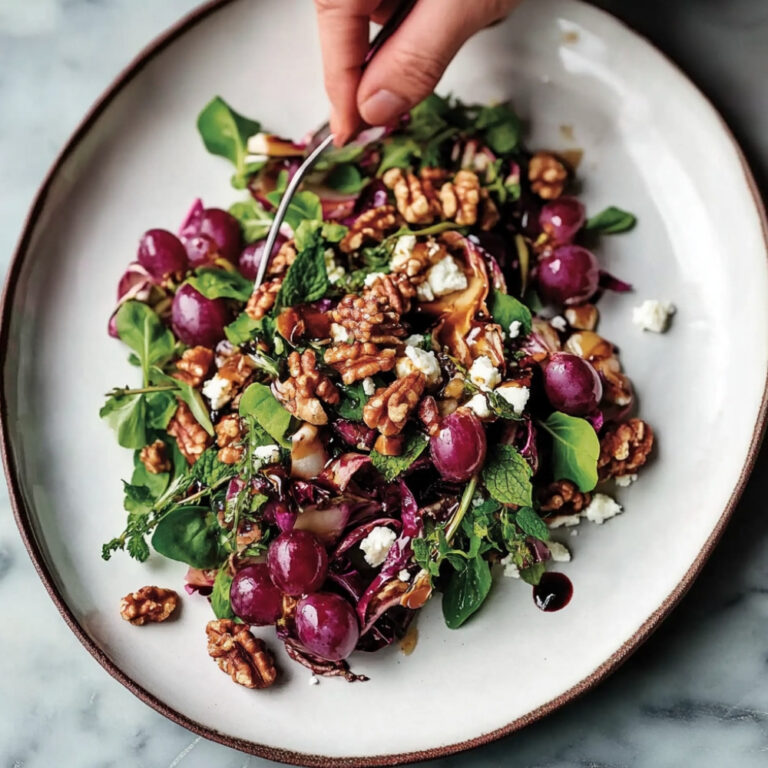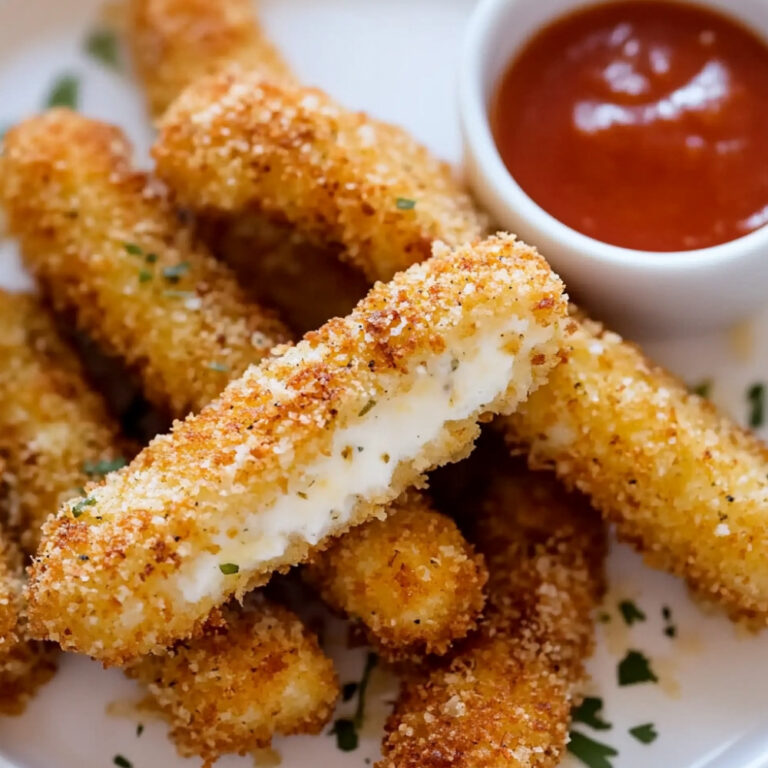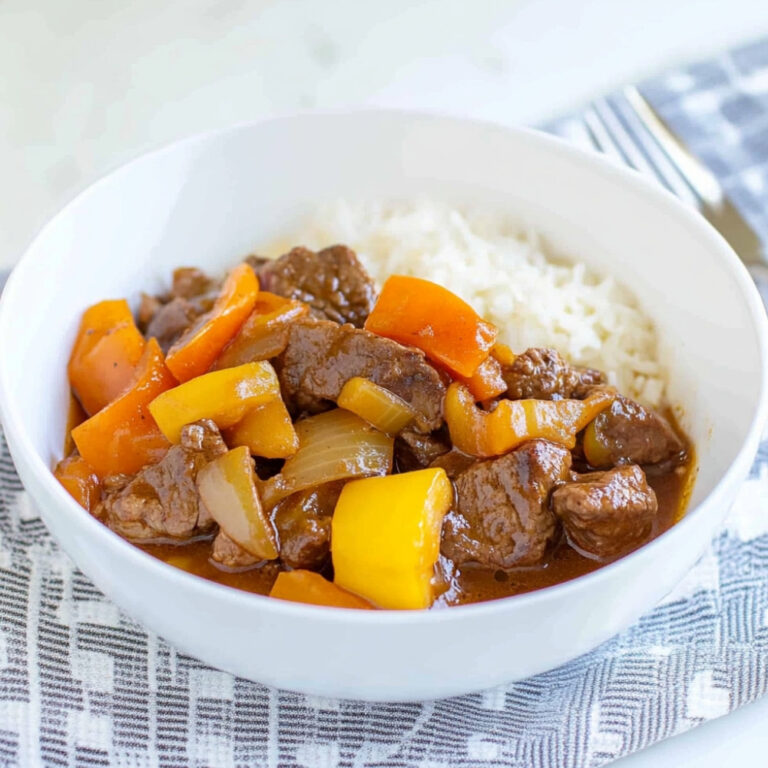Hot Milk Cake
Steaming cups of milk from my grandmother’s old enamel saucepan, the faint sweetness of sugar carried in the air—this cake smells exactly like rainy afternoons used to feel when I was six. It’s the kind of cake that sneaks up on you… lightly sweet, barely golden, not flashy at all—but tender in a way that makes you pause. Hot milk cake has that calm, comforting taste that settles in quietly, like an old friend who knows just when to show up. Don’t expect drama from this cake. Expect warmth. Expect seconds. Maybe thirds.
Why You’ll Crave It
- It’s made with pantry staples you almost definitely have—nothing fancy here.
- The texture is unbelievably soft, almost custardy when still warm (like a cozy bite of comfort).
- It pairs beautifully with coffee, tea, or a dollop of whipped cream—whatever mood you’re in.
- Makes a perfect base for fruits, glazes, or flavored syrups… or just eat it plain, honestly.
- Bakes in under 40 minutes from start to finish—good when guests pop by or cravings don’t wait.
The first time I made this, I didn’t expect much—then my sister quietly stole the last piece off the cooling rack before it even made it to the table.
What You’ll Need
- All-purpose flour: 2 cups, just regular flour—sift it if yours tends to clump a bit.
- Granulated sugar: 1½ cups, white sugar works best for that clean sweetness.
- Baking powder: 1 tablespoon, yes, it sounds like a lot—but that’s what gives the rise.
- Salt: ½ teaspoon, just a pinch to balance the flavors.
- Butter: ½ cup (1 stick), unsalted—it gets melted into the milk.
- Whole milk: 1 cup, heated with the butter until just steaming.
- Eggs: 2 large, room temperature if possible—it helps everything blend smoothly.
- Vanilla extract: 1 teaspoon, real vanilla if you have it… it’s worth it here.
Easy How-To
Warm the oven… and breathe
Set your oven to 350°F (175°C)—by the time you’ve mixed everything, it’ll be ready. This cake needs a gentle heat, not too hot.
Prep your pan
Grease and flour a 9×13-inch baking dish, or lay down some parchment if you prefer easy cleanup. Either works well—just make sure it’s fully covered.
Scald the milk and butter
In a small saucepan, set the milk and butter over medium heat. Stir gently now and then—when the butter’s melted and you see steam rising and tiny bubbles around the edges, take it off the heat. Don’t let it boil.
Mix the dry stuff
In a big bowl, whisk together the flour, sugar, baking powder, and salt. Keep it light—no need to overthink it.
Whisk the eggs and vanilla
In another bowl (not too small), beat the eggs with the vanilla extract until they look a bit frothy. I use a fork sometimes instead of a whisk—it’s less fussy.
Pull it all together
Now combine the eggs into the dry mix, and stir just until they’re not fighting each other anymore. Then slowly pour the warm milk-butter mix in. Do this gradually to avoid scrambling the eggs. You’ll get a thin, silky batter.
Time to bake
Pour the batter into your prepared pan. Smooth the top gently with a spatula. No shaking or tapping—let it rise naturally. Bake for 30–35 minutes, or until the top is lightly golden and a toothpick comes out clean.
Cool (a little)
Let the cake sit in the pan for 10 minutes—just to settle. Then turn it out or let it cool right in its pan, no pressure. Totally up to you.
Slice and serve
Cut into neat squares or messy slivers, whatever the moment calls for. It’s best warm, when the crumb is at its most tender.
Good to Know
- This cake freezes beautifully—slice and wrap well. Feels like a found treasure on busy days.
- If you forget to bring the eggs to room temperature, just soak them in warm water for a few minutes.
- The batter is thin—don’t panic, that’s what makes it light and moist. It’s not a cookie dough, I promise.
Serving Ideas
- Dust with powdered sugar and serve with hot tea—it turns any moment into something gentle and special.
- Add a drizzle of honey or maple syrup for a delicate sweetness that lingers.
- Top with macerated berries or poached fruit for a more decadent dessert.
Top Tricks
- Use good vanilla. Since the flavors are subtle, every ingredient gets its moment—so choose one you like the smell of straight from the bottle.
- Scalding the milk properly (not boiling) helps soften the crumb. Watch for the little bubbles around the pan’s edge and that gentle steam curl.
Frequently Asked Questions
Can I use plant-based milk instead?
You can, though it slightly changes the flavor. Oat milk works surprisingly well—it gives a touch of nuttiness. Almond is nice too, just be sure it’s unsweetened to stay balanced.
Can I add spices or herbs?
Yes, and you definitely should if it calls to you—warm spices like cinnamon or cardamom feel at home here. Even finely chopped rosemary or a bit of lavender, for something different.
What if I only have salted butter?
You can still use it—just reduce the added salt a little. Maybe down to a tiny pinch or leave it out entirely.
Why is it called “hot milk” cake exactly?
It’s all in that technique—pouring hot milk into the batter. It helps dissolve the sugar, activates the eggs a bit, and gives the crumb its distinctive chew and tenderness.
Do I need a mixer?
Nope! A whisk, a bowl, a little focus—this cake doesn’t ask for much. That’s part of what I love about it.
